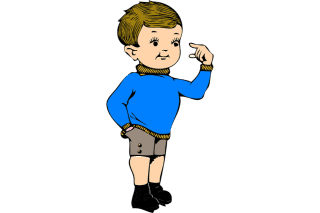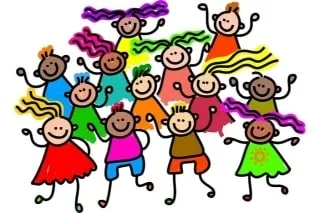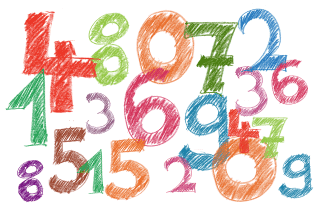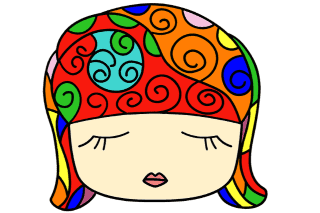
Lullaby Songs
Introducing the best delightful collection of lullaby songs for kids, guaranteed to soothe and comfort young ones at bedtime. These sweet and gentle lyrics are perfect for creating a peaceful atmosphere, helping children to relax and drift off to sleep. With simple yet memorable melodies, these lullabies are sure to become treasured favorites for both parents and children alike.

Come, Let’s to Bed
It is also known as "To Bed, To Bed" or "Sleepy Head" is another rhyme from the traditional rhyme collection. It is very popular in the USA and Great Britain, as first published in “Traditional Nursery Songs of England with Pictures by Eminent Modern Artists” by Sir Henry Cole in 1843

Early to Bed
“Early to Bed” is a very old rhyme, dating back as far as the 15th century. The description of it as 'old English' in 1486 does place this expression as one of the oldest phrases still in use in everyday English.

Twinkle, Twinkle, Little Star
"Twinkle, Twinkle, Little Star" introduces young learners to the wonders of astronomy, inspiring curiosity and a sense of awe towards the night sky. It sparks an interest in celestial objects and encourages children to observe and wonder about the world around them.
Lullaby songs are a valuable tool in educating and entertaining young children at the primary level. These songs, which are typically soft and soothing, are sung to infants and young children to help them relax and fall asleep. Lullabies have been used for centuries, and are an important part of many cultures around the world.

Hush, Little Baby
This song is written from the perspective of a mother who tries to console her crying child and promises him to provide a lot of things if the baby stays quiet. She mentions the list of things that the baby’s father will buy while trying to put the baby to sleep. A mother knows her child’s likes and dislikes, and she assures the baby that if these things fail to make the baby happy.
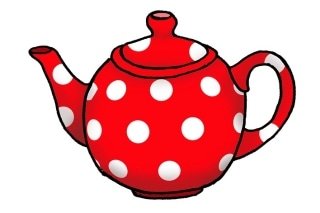
I’m a Little Teapot
It is a popular modern American song describing the heating and pouring of a teapot or a whistling tea kettle. This song is perfect to sing when the children are having "tea party" or when they are "cooking".
In addition to their calming effect, lullabies help to develop language skills, memory retention, and cognitive abilities in children. The simple melodies and repetitive lyrics of lullabies are easy for children to learn and remember, making them a great teaching tool. Lullabies can also help to strengthen the bond between parent and child, as they provide a shared experience that can be enjoyed together.
Another significant benefit of lullabies is their ability to soothe and comfort children who may be anxious or upset. The soft, gentle tones of lullabies can help to calm a crying baby or a child who is feeling scared or lonely. In addition, singing lullabies can create a sense of security and familiarity for children, which can help them feel more comfortable and relaxed.
At the primary level institution, lullabies can play an important role in the classroom. Teachers can use lullabies to create a calming atmosphere during nap time or to help children relax before transitioning to a new activity. Additionally, lullabies can be incorporated into lesson plans to teach children about different cultures and traditions.
Lullaby songs are a valuable tool in educating and entertaining young children at the primary level. These songs, which are typically soft and soothing, are sung to infants and young children to help them relax and fall asleep. Lullabies have been used for centuries, and are an important part of many cultures around the world.
Frequently asked questions (FAQ's) based on 'Lullaby Songs'
Answer : Lullaby songs are gentle, soothing melodies that are traditionally sung to young children to help them fall asleep or calm down. The word “lullaby” is derived from the Middle English word “lullen,” which means to lull or soothe, and the Old English word “by,” which means “near” or “by.”
Answer : Children often enjoy listening to lullabies because they are designed to be soothing and comforting. The gentle melodies, slow rhythms, and repetitive lyrics of lullabies can help to create a sense of security and relaxation for children. Additionally, lullabies are often associated with sleep and bedtime routines, which can help to cue children that it’s time to wind down and prepare for sleep.
Answer : Singing lullabies to children has numerous benefits. Firstly, it helps to soothe and calm children, promoting relaxation and sleep. Additionally, singing lullabies can promote language and memory development, as well as an understanding of rhythm and melody. Finally, singing lullabies can be a bonding experience between parents and children, creating a sense of closeness and intimacy.
Answer : Yes, lullabies are a common cultural tradition in many parts of the world. Different cultures have their own unique styles of lullabies, with lyrics and melodies that reflect their traditions and beliefs. For example, African lullabies often feature repetitive rhythms and call-and-response patterns, while Native American lullabies incorporate nature imagery and soft, soothing melodies.
Answer : Yes, there have been many studies on the effects of lullabies on children. Research has shown that singing lullabies can help reduce stress levels and promote relaxation in both children and adults. Additionally, exposure to music has been linked to improved cognitive development, language skills, and emotional regulation in children.
Answer : Yes, lullabies can be particularly beneficial for children with special needs, including those with autism or sensory processing disorders. The gentle rhythm and soothing melodies can help promote relaxation and calm, while also providing a sensory input that can be calming and regulating.
Answer : Parents can incorporate lullabies into their daily routines in a variety of ways. Singing lullabies before bed can help promote relaxation and calm, while also providing a bonding experience between parent and child. Additionally, parents can play soft instrumental lullabies during quiet activities, such as reading or drawing, to create a peaceful environment.
Answer : Yes, singing lullabies to children can be a great tool for language learning. Lullabies often feature simple, repetitive lyrics and melodies, making them easy for young children to learn and remember. Singing lullabies can help children develop their vocabulary and improve their pronunciation, while also promoting an understanding of rhythm and melody.
Answer : Yes, lullabies can be used during the day as well as at night. They can be a helpful tool for calming children during times of stress or over stimulation.
Answer : Yes, singing lullabies to children can have a number of benefits. For example, it can help to strengthen the bond between parents and children, as well as promote language development and emotional regulation.
Answer : There are many different lullabies that parents sing to their children, depending on cultural traditions and personal preference. Some common lullabies in the United States include “Twinkle, Twinkle, Little Star,” “Hush, Little Baby,” and “Rock-a-Bye Baby.”
Answer : While lullaby songs may not be a cure for anxiety or other mental health issues, they can be a helpful tool for calming children and promoting relaxation. Some studies have even suggested that lullabies may have a positive impact on the brain and reduce stress levels in both children and adults.
Related links
Categories
Other popular rhymes
Other related keywords and search's
- lullaby songs in english lyrics
- famous lullaby songs in english
- baby lullaby songs in english
- funny lullaby songs in english
- old lullaby songs in english
- best lullaby songs in english
- nursery lullaby songs in english
- children's lullaby songs in english
- short lullaby songs in english
- easy lullaby songs in english
- toddler lullaby songs in english
- kids lullaby songs in english
- lullaby in english translation
- best lori songs english lyrics
- traditional indian lullaby lyrics
- indian lullaby in english
- lullaby songs for adults
- baby sleep music lullaby songs
- lullaby and goodnight lyrics
- english lullaby songs
- baby lullaby go to sleep
- lullaby songs lyrics
- lullaby songs for adults
- lullaby songs to sing
- lullaby songs list
- lullaby songs for toddlers
- lullaby songs for babies to sleep
- lullaby songs download
- toddler lullaby songs go to sleep
- lullaby super simple songs
- lullaby bedtime songs
- lullaby modern songs
- lullaby baby songs lyrics
- lullaby sweet songs





